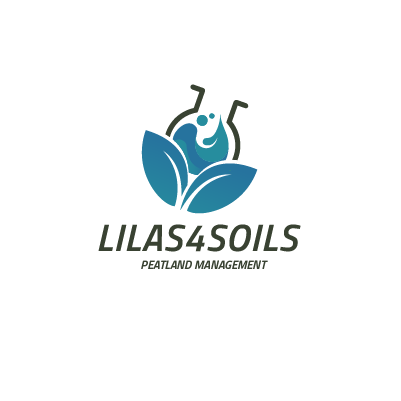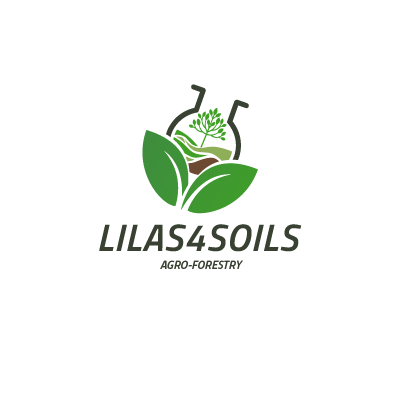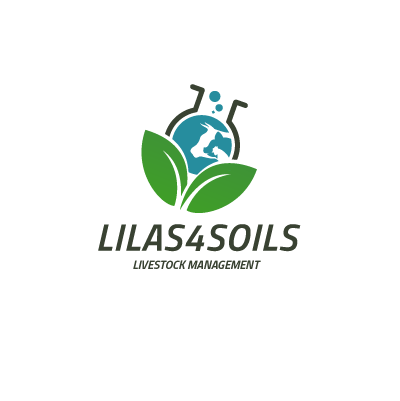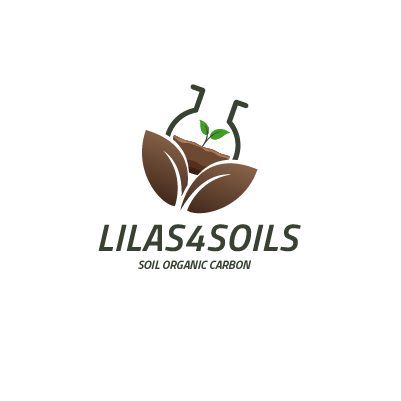Carbon Farming
LILAS4SOILS focuses on 19 Carbon Farming Practices divided into five categories and strategies, each contributing to the goal of increasing carbon sequestration and reducing greenhouse gas emissions in agriculture and land use.

- Keeping existing peatlands wet to avoid emissions, either for nature conservation or through paludiculture.
- Rewetting and restoring previously drained peatlands, to avoid emissions from degrading peatlands.
- Adapting the management of drained peatlands in productive use that cannot be rewetted.

- Increasing silvoarable and silvopastoral systems.
- Hedgerow or field boundary tree cover.

- Improving nutrient planning.
- Improving timing and application.
- Use of nitrification inhibitors.

- Directly reducing enteric methane, including feed additives and improved feed digestibility/efficiency.
- Reducing NO emissions through manure management, including manure storage and processing, anaerobic digestion and bio methane, and cover cropping.
- Efficiency improvements including animal management to improve productivity, through herd management and feed management.
- Animal fertility improvementsGrazing and grassland management

- Cover cropping
- Improved crop rotations
- Maintaining grassland without ploughing up (no till)
- Conversion from arable land to grassland
- Organic farmingManagement of grazing land and grassland













